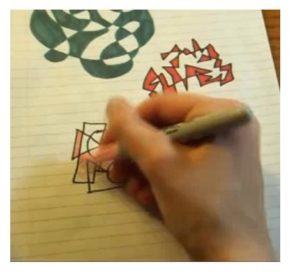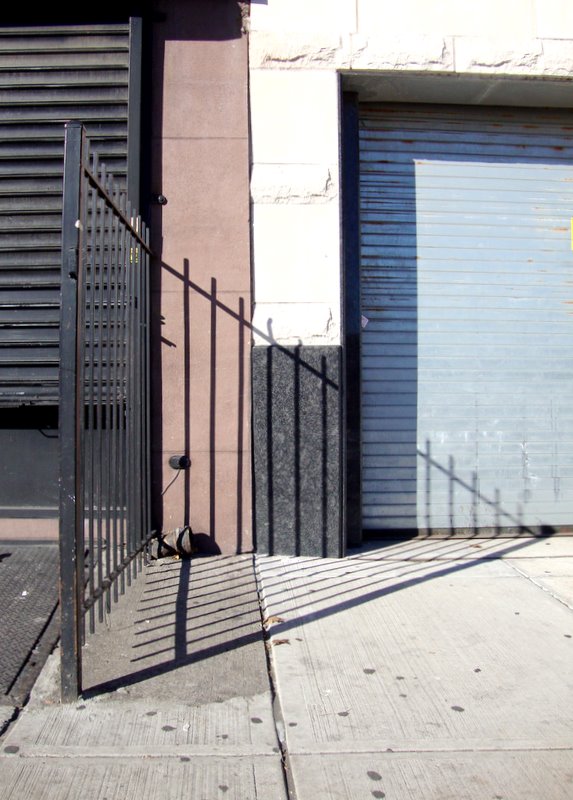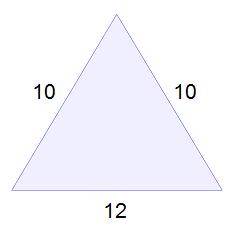Recently I posted two photos of a runner taken 1.1 seconds apart and asked readers to speculate as to how fast he was running. Here is one proposed solution.
Using a photo utility, I merged to two photos into one. 
You can definitely see the seam between the two photos, but what’s important here is that the geometry of the two photos seems consistent. In other words, I claim that I haven’t altered any distances by pasting the two pictures together.
I then used the photo utility to measure in pixels the distance between two similar points on the runner and the runner’s height. The orange lines are here to illustrate the measurements.

The distance from hip-to-hip is about 650 pixels. Since the photos were taken 1.1 seconds apart, this means that the runner’s pace is around 650 / 1.1 , or 590 pixels per second.
The runner’s height is 380 pixels. How tall do we think the runner is in real life? Well, he doesn’t look that tall, and he’s hunched over a bit in his runner’s stance. I’m estimating his height, the vertical orange bar, to be around 5.75 feet. This gives us the following scale factor: 380 pixels is about 5.75 feet.
We can now easily convert the rate from pixels per second into feet per second. Using the above scale factor, 590 pixels should be around 8.93 feet, so the runner’s speed is approximately 8.93 feet per second. Now that we have a meaningful rate to work with, we can easily complete the problem with some straightforward calculations.
So how long will it take to run a mile at this rate? By my calculation, about 9.86 minutes.
Related Posts




